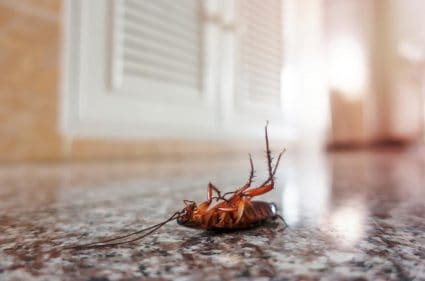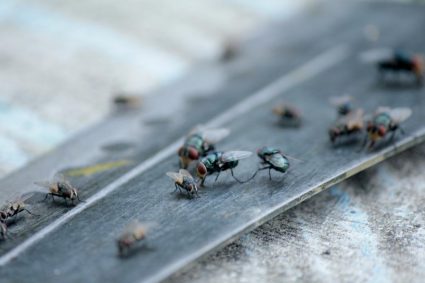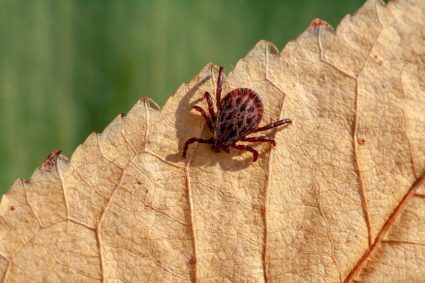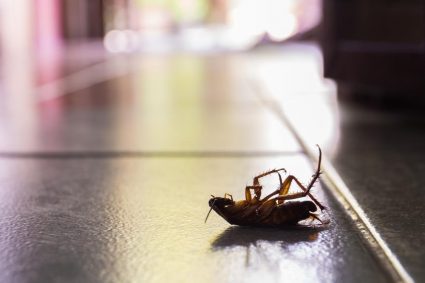
Mouse infestations can be a huge problem for homeowners. Rodents can cause damage to insulation, electrical wiring, and personal belongings.
They also spread diseases and contaminate food supplies. Their droppings, urine, and nesting materials can cause unpleasant odors and health hazards and attract other pests.
Knowing the signs of a mice infestation and taking the necessary steps to eliminate the problem can save homeowners time, money, and stress in the long run!
The blog will discuss how mice enter attics, the potential damage they can cause, and how to prevent and control infestations.
Mice are small mammals that can enter homes through very small openings and cause material and health damage.
Homeowners should inspect their attics for open vents, pipes, wires, and cables, as these provide an easy access point for mice.
Additionally, they should check foundations, wall holes, and uncapped chimneys that are active entrances for potential entry points of these rodents.
To keep mice away from your attic, it’s important to seal all entry points with steel wool caulk or expandable form; keep food sealed in airtight containers; use baits and traps; ultrasonic repellents; natural repellents like essential oils, etc.
And finally, keep the attic clean by removing any accumulated debris regularly.
Next, We will discuss all the possible entry points of mice into your attic, their signs of infestation, and how you can prevent them.
In the end, a detailed conclusion will be followed by frequently asked questions about mice.
Mice are small, rodent-like mammals belonging to the genus mus.
They are globally renowned for their adoptive ability to different environments, including urban and suburban areas.
Mice are active, free-style year-round, and are not nocturnal.
With an excellent sense of smell, taste, and touch, they can locate food and navigate easily.
Additionally, they have sharp teeth that enable them to gnaw through wood, plastic, and metal easily.
Lastly, mice are great climbers and can fit even the smallest spaces.
4 Possible Entry Points for Mice Into Your Attic
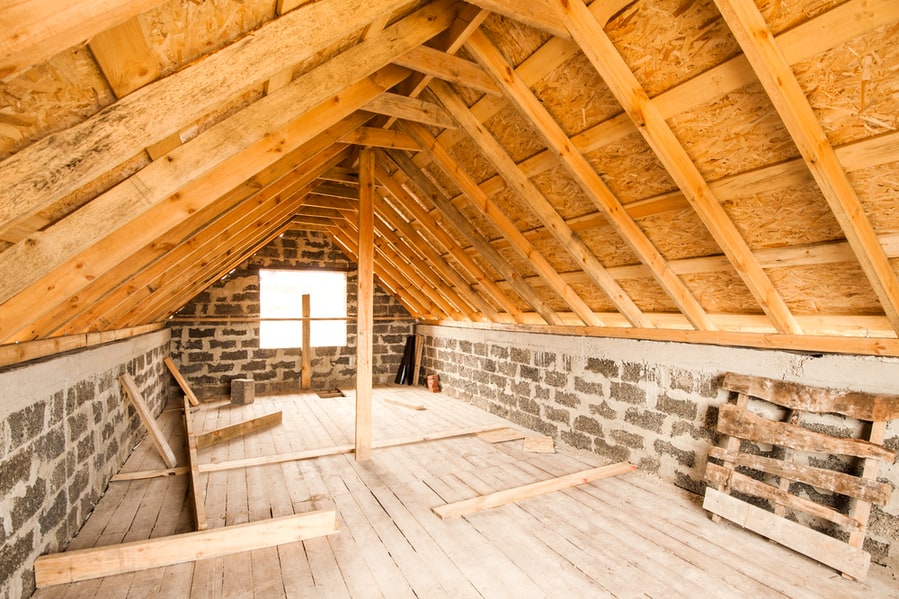
Mice annoyance is common everywhere, especially among homeowners with attics.
To prevent them effectively, it’s important to know how mice might gain access to an attic.
Below is a detailed discussion about some possible entry points.
1. Cracks and Crevices
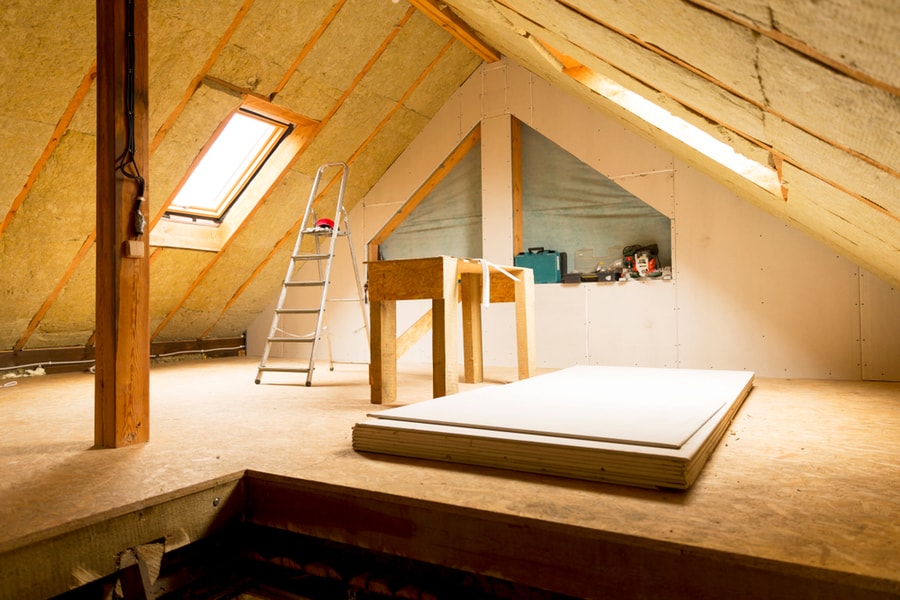
Homeowners may need to know that mice can enter an attic through small openings.
These crevices and holes often measure 1/4 of an inch wide and open, which may seem too small for mice, but it is the perfect entryway.
Mice may use insulation, beams, and other hidden spaces within the attic as hiding places and for protection.
Therefore, it’s important to check your attic for openings larger than 1/4 of an inch; otherwise, you may find unwelcome visitors!
2. Gaps Around Openings
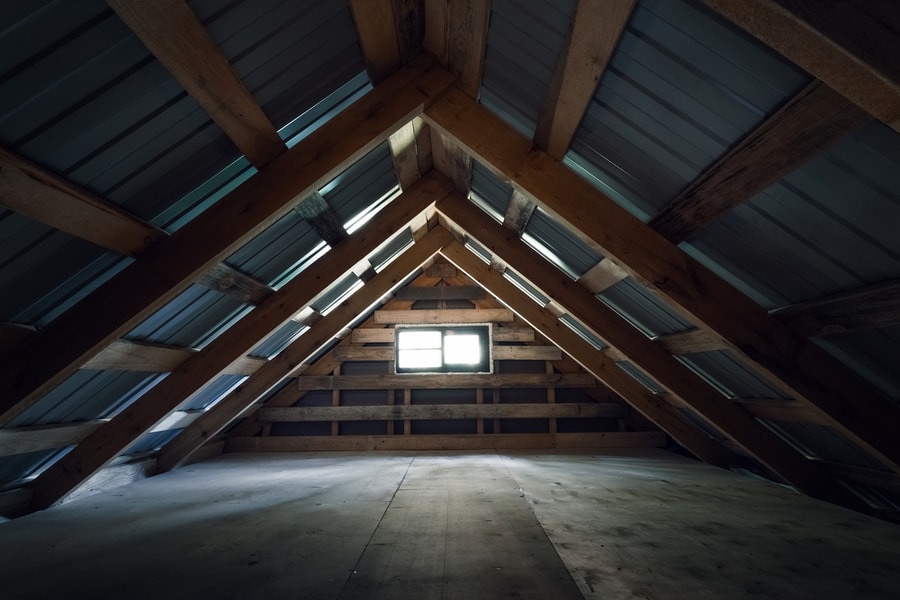
Including cracks as entry points for mice is good, but they get through much larger gaps around the attic.
Take special note of vents, pipes, wires, and cables, as these are important for providing air circulation or electricity inside the attic.
It is best to take your time; seal up all openings as soon as possible!
3. Attic Entrances
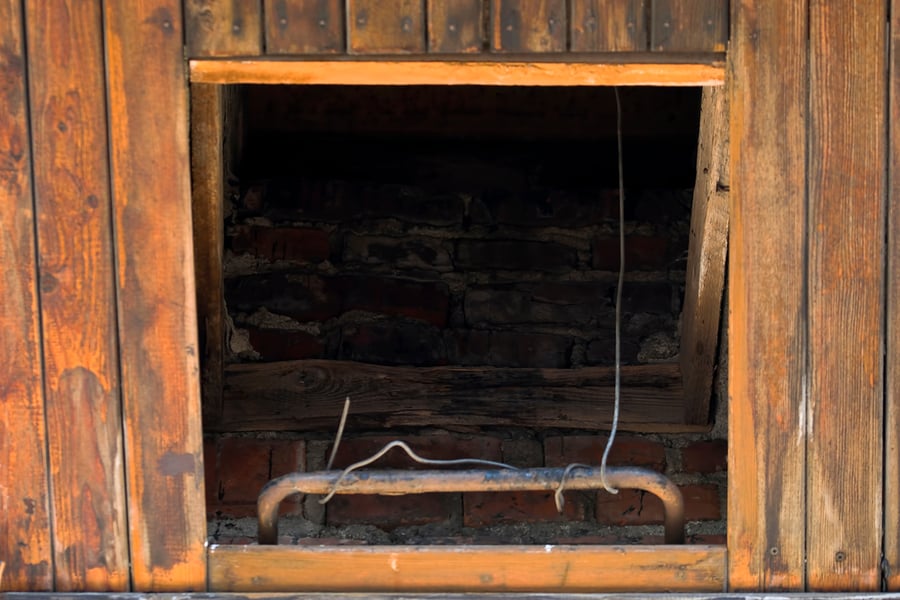
Understanding attic entrances is crucial in preventing mice entry into your attic.
Access doors and eave gaps can provide easy access for mice.
Inspect these places to ensure that all entrance points are sealed properly, so your attic remains mouse free and protected.
4. Foundations

If you notice mice in your attic, it could be from holes in the foundation.
These openings can provide an easy route for rodents to enter the structure’s interior, so it’s important to properly identify and seal them off.
Regular inspections will help ensure that small gaps don’t become larger entrances for unwelcome visitors.
Signs of Mice Infestation in Your Attic

Mice infestation in attics can be an issue, not only because of the damage they may do to your home but also because of their potential health risks.
Here are a few typical signs of mice in your attic and what they could mean:
Droppings or urine stains: Mice will leave behind small, dark, and silent recall droppings in areas where they are active. You may also spot urine stains on insulation or other surfaces. If you find either of these in your attic, it is likely a sign of mice infestation.
Gnaw marks: Mice have strong front teeth, which they use to chew on wood, wires, and other materials. Gnaw marks on wooden surfaces in the attic may be a sign of an active mice infestation.
Scratching noises: Mice are more active at night, so if you hear secret noises from your attic, it is likely a sign of mice infestation.
Musty or musky odor: Mice can leave behind a musty or musky odor as they move around. This smell may be more intense if many mice are present.
Nesting materials: Mice often collect insulation materials like shredded paper to create their nests. If these materials are found in your attic, it could signify mice infestation.
How To Keep Mice Away From Your Attic

Being a potential source of diseases and a risk to your belongings makes limiting mice necessary in your home.
Various approaches can be fruitful in this regard. Some are mentioned below:
1. Seal All the Entry Points
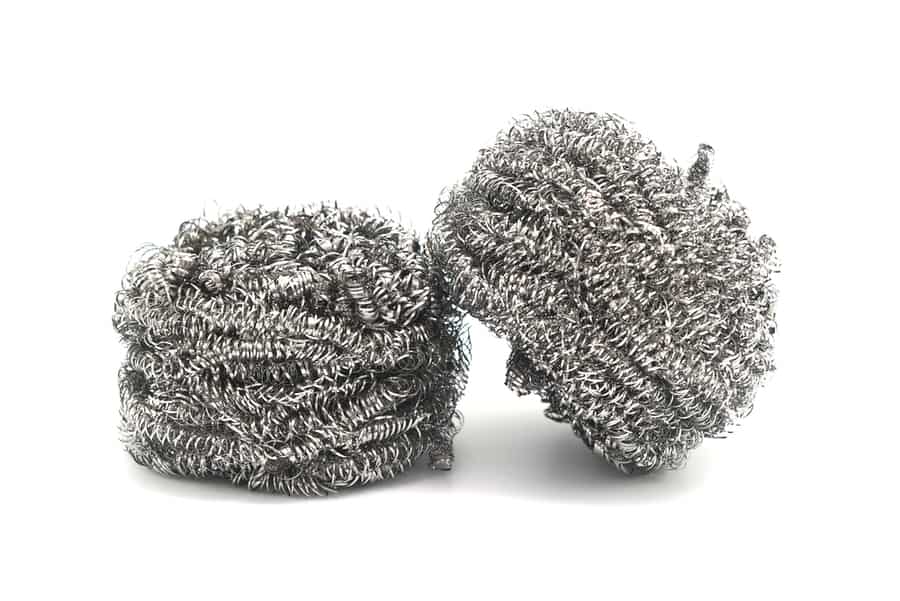
It’s essential to ensure all cracks, gaps, and holes in walls, floors, foundations, and roof lines are sealed to prevent mice from entering your attic.
Mice can fit through minor openings, so it’s crucial to double-check all areas.
Use steel wool, caulk, or expandable foam to seal openings.
2. Keep Food and Garbage Sealed
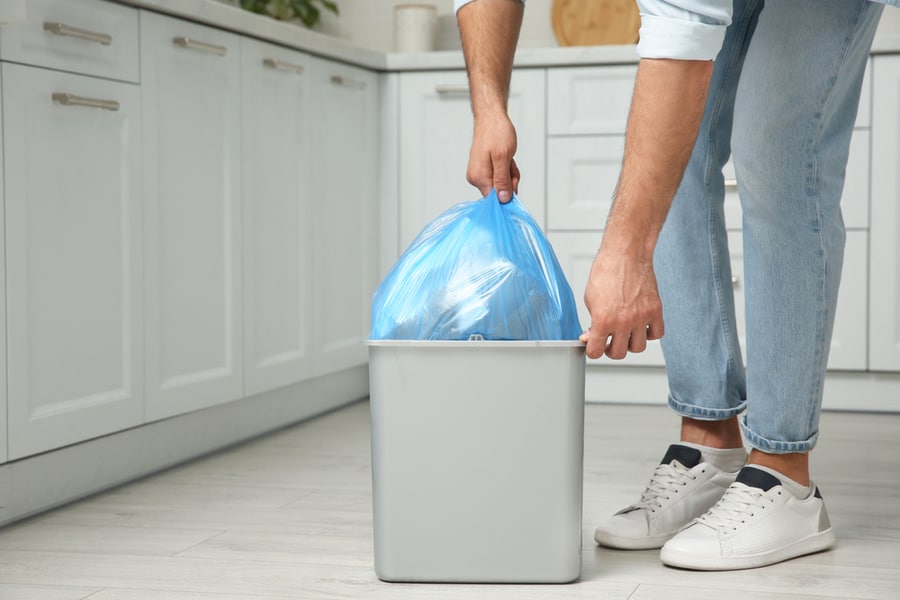
Mice are drawn to food sources, so it’s important to keep all food, including pet food, securely stored in airtight containers.
This will help prevent spills or crumbs that could attract mice and other pests.
Additionally, ensure garbage is stored in sealed containers and discarded regularly to avoid odors that may attract mice.
Moreover, keeping garbage containers as far away from the attic as possible is recommended.
Be sure to clean up any spills, crumbs, and areas to avoid attracting mice.
3. Use Baits and Traps
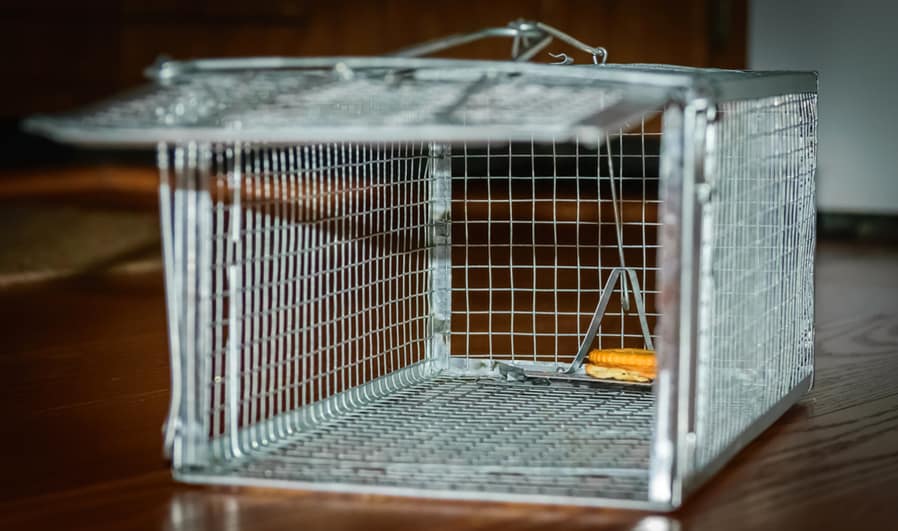
Setting traps and bait stations in your attic can effectively capture or kill any mice that have made their way inside.
Be sure to place them in areas where you have seen signs of mice activity, such as droppings, footprints, or nesting material.
Here are some tips for using traps:
- Use the right type of trap: several types are available, such as snap traps, glue traps, and live traps. Snap traps are the most efficient and inhuman way to take care of mice, while live traps let you release the mice away from your home.
- Use bait: Baiting the traps or bait stations with food, such as peanut butter, cheese, or chocolate, can increase the chances of catching the mice.
- Check the traps regularly: check the traps regularly and dispose of any dead mice immediately to prevent odors and potential diseases.
- Bait stations: You can also use bait stations, specially designed containers that hold bait and are meant to keep the bait away from children and pets.
4. Use Ultrasonic Repellents
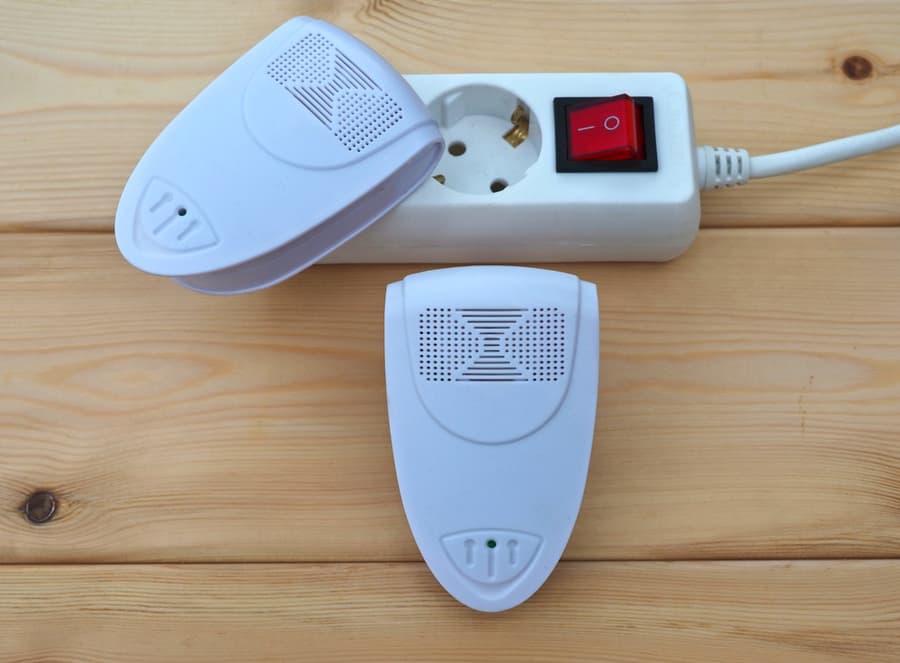
Ultrasonic repellents are devices that produce high-frequency sound waves.
These sounds are too high-pitched for humans to hear, but mice and other pests can hear them.
The noise will cause discomfort to the mice, making them move away from the area.
5. Use Natural Repellents

Using essential oil such as peppermint, spearmint, and cinnamon can act as natural repellents for mice.
The strong odor given off by these oils is unpleasant to mice and may prevent them from entering or residing in your attic.
One way to use essential oils and plants is to apply them to cotton balls or pieces of cloth and place them around the attic or other areas where you suspect mice may be entering.
You can also try diffusing the oils using a diffuser or mixing the oils with water in a spray bottle and misting the attic.
Furthermore, it’s important to note that while essential oils can be an effective natural repellent, they may not eliminate a mouse’s infestation.
Hence, combining them with other methods, such as sealing entry points, removing food sources, and using traps or baits, are the best ways to be followed.
6. Keep the Attic Clean
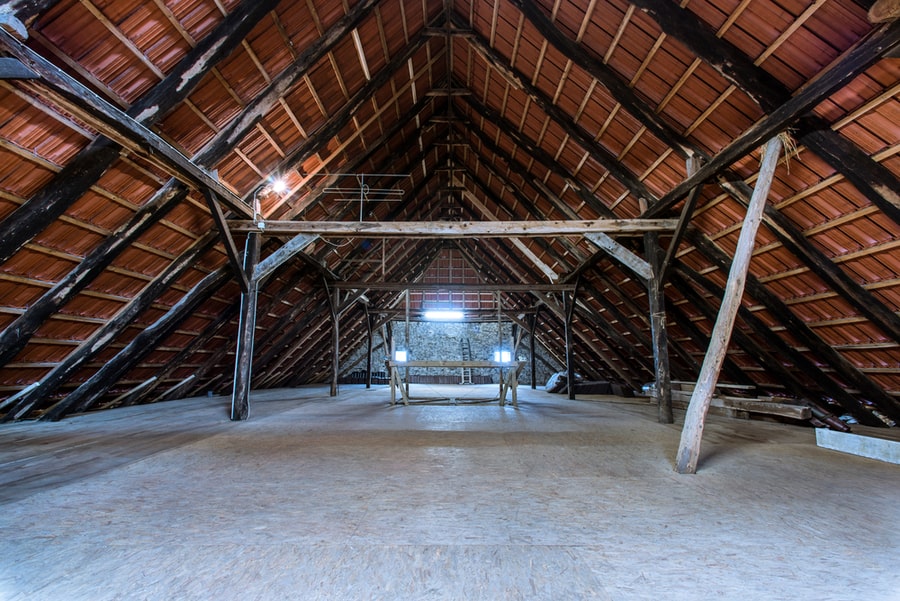
Keeping the attic clean is essential for repelling mice away. Mice like to make their nest in messy, dirty spaces because it gives them lots of material and a place to hide from predators.
Remember to regularly remove any accumulated debris, such as old boxes, newspapers, or insulation.
Additionally, it’s important to store items in the attic in sealed containers, as mice can grow through cardboard boxes and other containers to get the food stored inside.
If you don’t use items often, It’s best to store them elsewhere, like in a storage unit or a sealed container in the garbage.
Furthermore, regularly vacuuming or sweeping the attic will help remove any food crumbs or debris that may have accumulated. This will reduce available food sources and make it less appealing as a nesting site.
Conclusion
Ultimately, keeping mice out of your attics is up to you and can be done by properly sealing entry points and following preventive measures such as using ultrasonic repellents and natural oils.
Showing you are serious about deterring the mice proactively should put the rodents on alert, thus warding them away.
Any homeowner can take preventive measures against mice infestations, but it requires effort and vigilance.
Taking simple precautions today could save you time, money, and stress.
Frequently Asked Questions
What Kind of Damage Can Mice Cause to My Attic?
Mice can cause significant damage to your attic by chewing electrical wires, leading to short circuits and even fires, and chewing through insulation and wooden structures.
They may also contaminate food and other materials in the home with their droppings and urine.
What Can I Do To Help Eliminate the Mice Infestation Already in My Attic?
If your attic is already infested with mice, the best step you can take is to hire a professional pest control operator who will be able to inspect your attic, identify entry points, and set traps.
Additionally, they may recommend other steps, like sealing entry points using repellents.
What Is the Best Way To Clean Up After a Mouse Infestation?
Cleaning up after a mouse infestation can be tricky, but it’s important to eliminate any traces of the mice to prevent further infestations.
- Firstly, wear protective clothing and carefully clean all areas where mice have been, including walls, floors, furniture, baseboard, and other surfaces.
- Second, thoroughly sanitize anything that has come into contact with mice, such as bedding or towels.
- Finally, vacuum regularly to remove droppings and food particles that may attract new mice.

